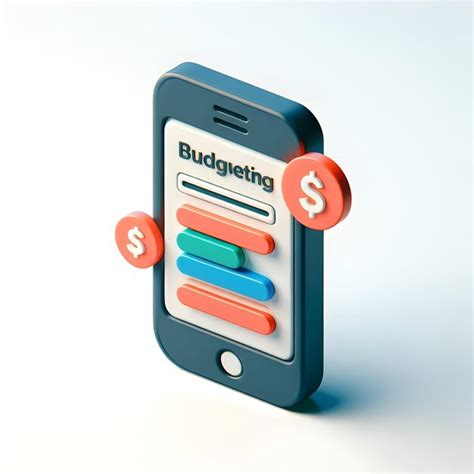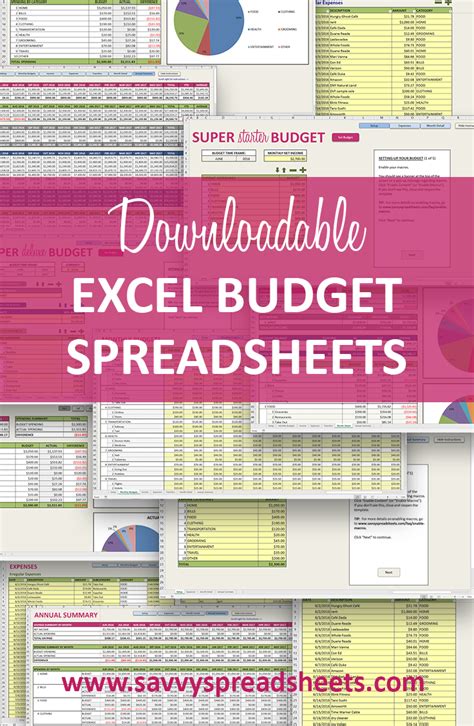Why Tracking Your Spending is Essential
Many people find themselves wondering where their money goes each month. The first step to gaining control over your finances and staying on budget isn’t about cutting expenses drastically, but rather understanding your spending habits. Tracking your spending provides a clear picture of your financial inflows and outflows, revealing where your money is truly going. This awareness is the foundation upon which all effective budgeting is built, empowering you to make informed decisions and achieve your financial goals.

Choosing the Right Tracking Method for You
There’s no one-size-fits-all approach to tracking spending. The best method is one you’ll consistently use. Consider your comfort level with technology and how detailed you want your records to be.
Manual Methods: Pen, Paper, and Spreadsheets
- Notebook or Journal: Simple and immediate. Jot down every expense as it happens. Ideal for those who prefer a tangible record.
- Spreadsheets (Excel, Google Sheets): Offers more flexibility and analytical power. You can create custom categories, formulas, and charts to visualize your spending. Requires a bit more setup but is highly customizable.
Digital Solutions: Apps and Software
Modern technology has made spending tracking more convenient than ever. Many apps offer automated tracking by linking to your bank accounts and credit cards, categorizing transactions for you.
- Budgeting Apps (e.g., YNAB, Mint, Personal Capital): These apps often link to your bank accounts, automatically categorizing transactions and providing real-time updates. They can offer insights, goal tracking, and bill reminders.
- Bank/Credit Card Tools: Many financial institutions now offer built-in spending trackers as part of their online banking platforms. While sometimes less robust than dedicated apps, they can be a good starting point.

Creating Your Budget: From Data to Plan
Once you have a few weeks or a month of spending data, you’re ready to build a realistic budget. A budget isn’t about restriction; it’s about intentional spending and aligning your money with your values and goals.
1. Calculate Your Monthly Income
Start by determining your total take-home pay each month. If your income varies, use an average or a conservative estimate.
2. Categorize Your Expenses
Group your tracked spending into categories. Common ones include:
- Fixed Expenses: Rent/Mortgage, Loan Payments, Insurance, Subscriptions. These are generally the same amount each month.
- Variable Expenses: Groceries, Utilities, Gas, Dining Out, Entertainment, Clothing. These fluctuate month-to-month.
- Savings & Debt Repayment: Contributions to savings accounts, investments, or extra payments on debt. Treat these as non-negotiable expenses.

3. Set Spending Limits
Assign a maximum amount you plan to spend in each category. A popular method is the 50/30/20 rule: 50% for needs, 30% for wants, and 20% for savings and debt repayment. Adjust these percentages to fit your unique financial situation and goals.
Strategies for Sticking to Your Budget
Creating a budget is only half the battle; the real challenge is adhering to it consistently. Here are practical tips to help you stay on track:
- Regular Review: Set aside time weekly or bi-weekly to review your spending against your budget. This helps catch overspending early and allows for adjustments.
- Automate Savings: Set up automatic transfers from your checking to your savings account on payday. Treat savings as a non-negotiable expense.
- Envelope System (for cash users): Allocate cash for variable expenses (like groceries or entertainment) into physical envelopes. Once an envelope is empty, spending in that category stops.
- Meal Planning: Plan your meals for the week to reduce impulse grocery buys and dining out, which are common budget busters.
- Find Frugal Alternatives: Look for free or low-cost alternatives to your usual splurges. Pack a lunch instead of buying, borrow books from the library, or enjoy free local events.
- Be Flexible: Life happens. If an unexpected expense arises, adjust other categories for that month rather than abandoning your budget entirely.

Overcoming Common Budgeting Challenges
It’s normal to face challenges when trying to stick to a budget. Don’t get discouraged by occasional slip-ups. If you consistently overspend in a category, reassess if your budget for that area is realistic. Perhaps you underestimated how much you truly need, or maybe you need to find more aggressive ways to cut back. The key is to learn from these moments and adjust your strategy rather than giving up.
Conclusion
Tracking your spending and sticking to a budget are powerful tools for achieving financial stability and reaching your monetary goals. It demands consistency, honesty, and a willingness to adjust, but the rewards are well worth the effort. By understanding your money, you gain control over your financial future, leading to greater peace of mind and the freedom to make your money work for you.





